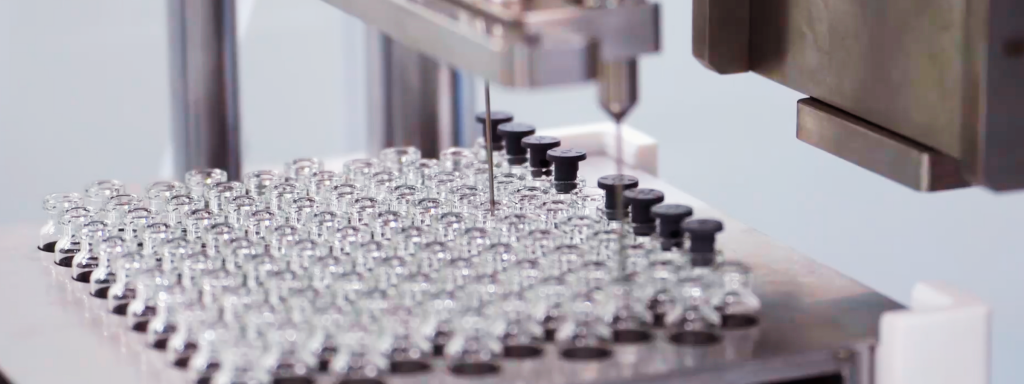At the level of biochemistry and molecular biology:
1. Inhibition based on structural basis: Protease inhibitors can be designed by simulating the natural substrates of proteases (usually specific peptide sequences). These inhibitors interact with the active sites or substrate binding regions of proteases at the molecular level, forming stable complexes. This type of interaction typically involves hydrogen bonding, hydrophobic interactions, van der Waals forces, and in some cases, the formation of covalent bonds. 2. Dynamic regulation and feedback inhibition: In metabolic pathways, the activity of proteases is often feedback inhibited by their products or other signaling molecules. This is a biological regulatory mechanism used to maintain the balance of intracellular metabolism. For example, in certain metabolic pathways, when the concentration of the final product increases, it can bind to an enzyme upstream of the pathway, change its conformation, reduce its activity, and thus slow down the production rate.
3. Regulation at the transcriptional level: The expression of some protease inhibitors is controlled by transcription factors that respond to three signals inside and outside the cell. For example, inflammatory signals can promote the synthesis of certain protease inhibitors as a negative feedback mechanism to the inflammatory response.
4. Covalent modification: Irreversible protease inhibitors typically act by forming covalent bonds with the active site residues of the protease. This type of inhibitor includes toxins found in nature and molecules synthesized in drug design, such as DIPF (diisopropylfluorophosphate) in serine protease inhibitors, which acts by forming covalent bonds with the hydroxyl groups of serine residues.
5. Blocking of active sites: Some large molecule inhibitors (such as proteins or peptides) may physically block the active site 5 of proteases, preventing substrate access and thus inhibiting enzyme activity. This masking can involve complex protein-protein interactions, requiring inhibitors to precisely bind to the surface of proteases.
6. Substrate mimicry and transition state analogues: Some efficient protease inhibitors mimic the substrate or its transition state of proteases (i.e., the transient structure during the conversion of substrates to products). These mimetics have a much higher affinity for binding to proteases than natural substrates, as they utilize the high affinity of the enzyme’s transition state complex. The core of these inhibitor designs is to understand the transition state characteristics in enzyme catalytic mechanisms.
7. Enol chemical inhibitors: Especially when dealing with pyruvate proteases, designing inhibitors that can mimic enol intermediates is a strategy. These inhibitors correspond to high-energy transition states in the protease catalytic mechanism, forming very stable complexes with enzymes.
8. Regulatory inhibitors: Some protease inhibitors can regulate the localization, degradation, or synthesis of proteases within cells. For example, the IAP (inhibitor of apoptosis protein) family can inhibit proteases that play a role in the apoptotic pathway, such as cysteine proteases.
Share on:
Facebook
Twitter
Pinterest
WhatsApp
Recent posts
We recommend


